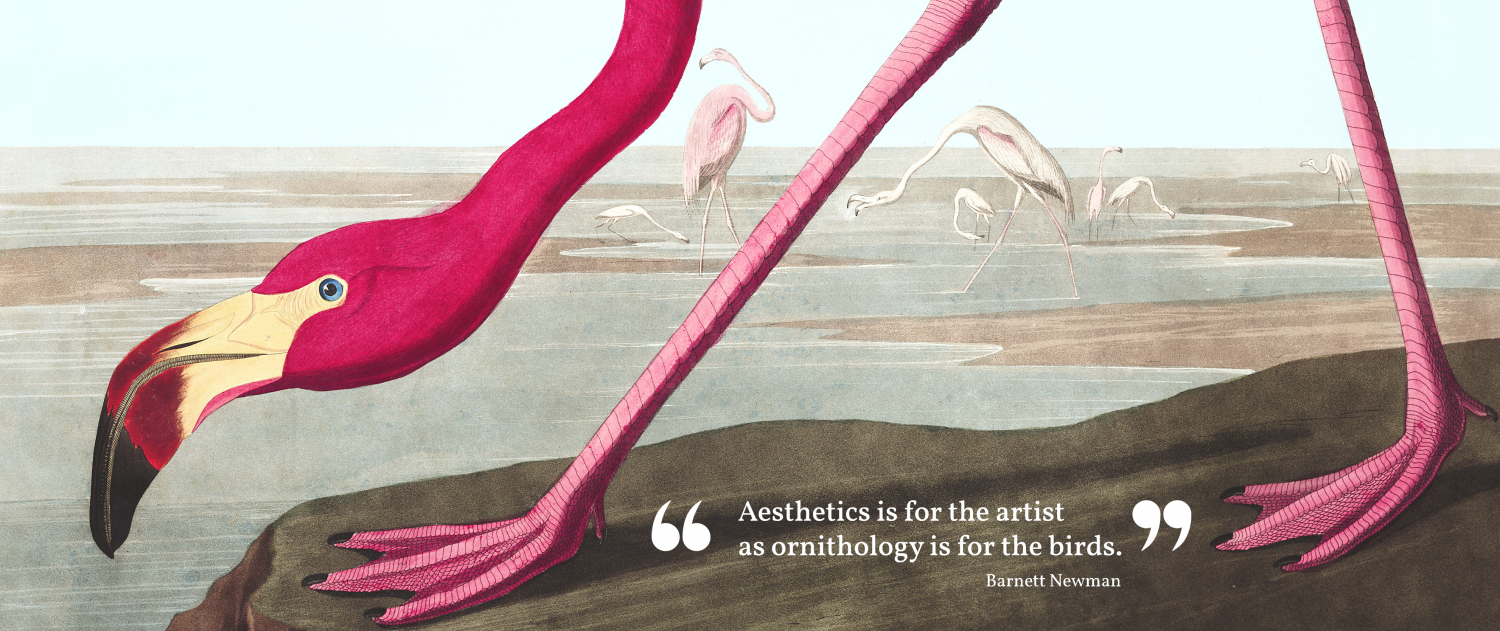Influential writer and literary critic James Wood is interviewed by Becca Rothfeld Continue reading

October 14, 2020
by Aesthetics for Birds
2 Comments


October 14, 2020
by Aesthetics for Birds
2 Comments
Influential writer and literary critic James Wood is interviewed by Becca Rothfeld Continue reading
March 19, 2020
by Aesthetics for Birds
0 comments
What follows is a guest post by Patrick Fessenbecker. In a recent column in The New York Times, Ross Douthat contends that English professors aren’t having the right kind of arguments. Reflecting on the analysis of the decline of the humanities in a series of essays in the Chronicle of Higher Education over the last year, Douthat makes a familiar diagnosis: the problem is that we literature professors no longer believe in the real value of the objects we study. Engaging Simon During’s account of the decline of the humanities as a “second secularization” in particular, Douthat argues that secular attempts to defend the humanities will fail just as surely as secular attempts to defend religious ethics and norms did: it doesn’t work unless you really believe in the thing. Correspondingly, the debates literary scholars are having about how to expand the range of texts and subjects we teach are … Continue reading
March 2, 2020
by Aesthetics for Birds
0 comments
What follows is a guest post by Adriana Clavel-Vázquez and Sergio A. Gallegos. Against all odds, Novohispanic nun Juana Inés de la Cruz gained widespread recognition as a writer in her lifetime. Today, she is also recognized as a distinguished Early Modern philosopher who advanced one of the earliest defenses of the right of women to be educated, and who emphasized how human knowledge is constituted by doubts and struggles. She was particularly preoccupied with the lack of recognition of women as intellectual peers, and its consequences for how women are treated.
December 9, 2019
by Aesthetics for Birds
0 comments
This year marks the end of the second decade of the 2000s. In honor of this, we thought we’d take a look back at our decade with an end-of-year series. The internet loves lists, especially year-end ones, and we’ll feed that love a little bit this December. We’ll be hosting seven lists of expert Decade-Best picks. We’ve done movies and games, and you can look forward to television, music, traditional visual arts, and one surprise list at the end. Our experts will include philosophers and other academics whose work concerns these topics, and people working in the relevant media. Up today: writing! Writing is a curious category, one that can be extremely broad, as writing touches so much of the arts. Movies have scripts; songs have lyrics; cookbooks have written instructions. So in our lists below, you’ll find novels as well as a selection of the best of what writing … Continue reading
October 7, 2019
by Alex King
0 comments
Adrian L. Jawort, a Northern Cheyenne Two Spirit journalist and writer, has written a piece for the Los Angeles Review of Books in which they reflect on the critical reception of two young adult novels by Native American author Rebecca Roanhorse. The controversy: Roanhorse is a member of the Ohkay Owingeh Pueblo tribe, but her novels feature a Diné (Navajo) protagonist, and center on events in Dinétah, the traditional land of the Diné people. The problem came in the form of a 2018 letter, signed by 14 Navajo writers, that accused Roanhorse of appropriating another tribe: “Trail of Lightning is an appropriation of Diné cultural beliefs.”
September 20, 2019
by Aesthetics for Birds
0 comments
What follows is a guest post by Nils-Hennes Stear. How do fictions work? How do made-up characters and their made-up feelings make us cry or rejoice in sympathy? With what are we even sympathizing? Philosopher Kendall Walton has an answer. His theory of fiction, spelled out in his monograph Mimesis as Make-Believe, is among the most influential and celebrated contributions to the history of aesthetics, if not philosophy. So, when I promised to create an animated explainer film as part of my Marie Skłodowska-Curie fellowship at the University of Southampton, it seemed a promising subject to tackle.
August 29, 2019
by Aesthetics for Birds
0 comments
What follows is a guest post by David Alff. Last year I finished writing a book about projects. Not art projects or housing projects or chemistry projects, but the idea of projects itself. I wanted to learn how humans came to organize their lives and worlds through discrete endeavor. I wanted to understand how enterprise became such a widespread vehicle for ambition that we seldom notice its existence. What are projects anyway? Why are we always doing them? How else could we spend our time? These questions drove me to see the project as a distinct form with a traceable past rather than as a daunting abstraction or the container of something more salient. Studying projects on their own terms, I thought, would give me fresh vantage on the history of ideas. My book set out to reveal nothing less than the basic unit by which anything has ever been … Continue reading

May 18, 2019
by Aesthetics for Birds
0 comments
What follows is a guest post by James Harold, Professor of Philosophy at Mount Holyoke College. Parts of this blog post draw from his article “The Value of Fictional Worlds (or, Why The Lord of the Rings is Worth Reading).” Critics and fans approach certain works (like The Lord of the Rings or Star Wars) very differently. The critics evaluate these works on their own merits, considered as art objects in their own right, while fans consider in terms of their contribution to a larger world of play and creative exploration. While philosophers, like art critics, have spent a lot of time thinking about artworks, they have spent relatively little time thinking about this playful, participatory world, the world that is the focus of fan culture.
April 25, 2019
by Aesthetics for Birds
0 comments
What follows is a guest post by philosopher Aaron Meskin. He discusses a book that he and poet Helen Mort recently co-authored. In it, Mort “replies” to a variety of different philosophers’ papers with original poems, and the philosophers get to reflect on the poem and its relationship to their work. This piece is also cross-posted at Daily Nous.

January 31, 2019
by Aesthetics for Birds
6 Comments
Blackfeet author Sterling HolyWhiteMountain talks about what it means to call something “Native Art” and whether it’s a useful category. Continue reading